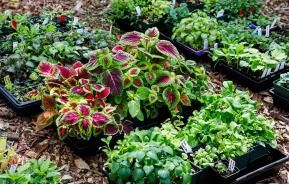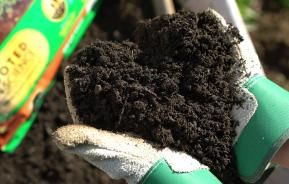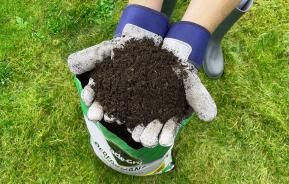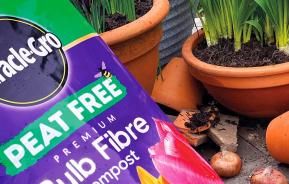Corylus avellana is native to this country and much of Europe. It’s a deciduous tree reaching approximately 12 metres but is normally coppiced producing a multi stemmed stool which can last for 200 years or more. Due to its small size and coppicing you will often find it growing as an understorey plant in oak or similar trees.
The roundish green leaves, downy on the underside, are produced in the spring after catkins and female flowers in February have been pollinated by the wind. The female flowers look similar but a lot smaller than Hammamelis which is an unrelated shrub. Nuts appear in the autumn and are soon eaten by squirrels and wood mice, squirrels split the nut open while mice chew a round hole to eat the kernel. When it is coppiced light gets to the ground encouraging local flora and fauna.

In the past sheep hurdles, thatching spars, bean poles and furniture were made from its wood but demand for such products has fallen. Sheep hurdles are now making a comeback as rustic fencing. Hazel water divining rods are still used to find old water pipes or drains and in some cases a water source for a new well. Cobnuts are a cultivated form of the hazel producing larger nuts.








